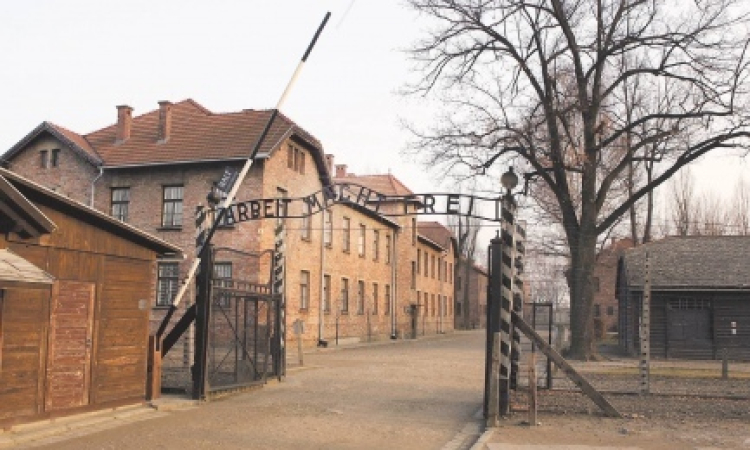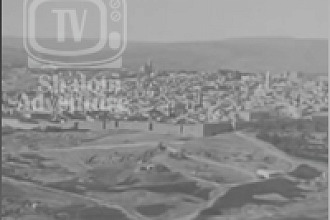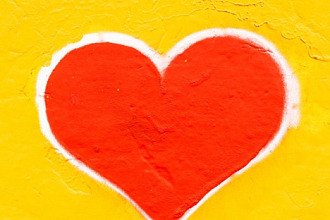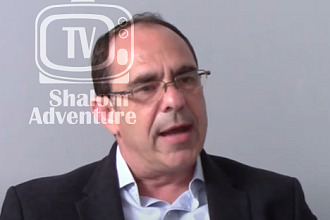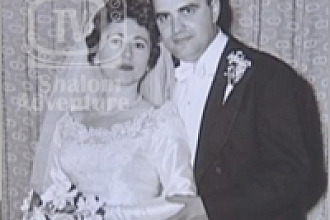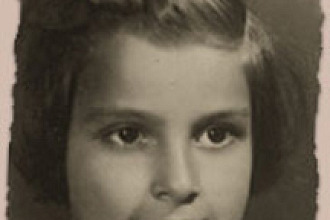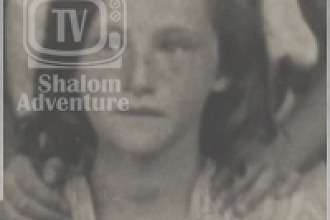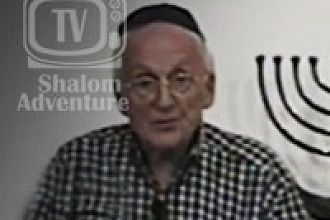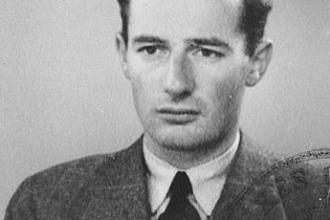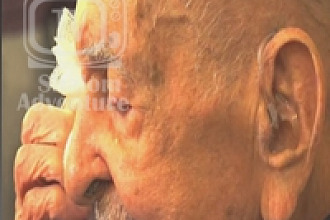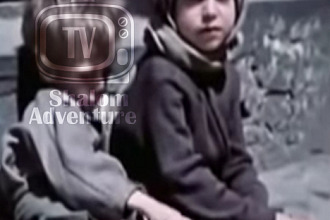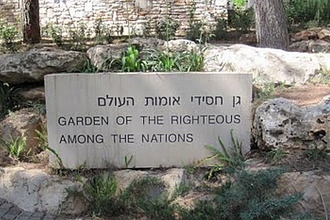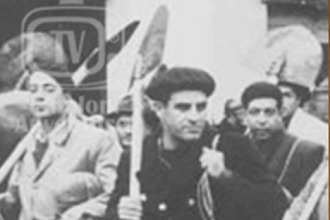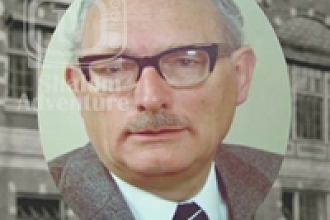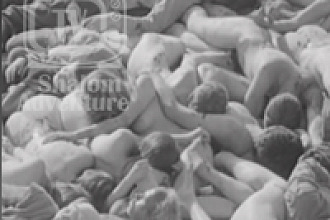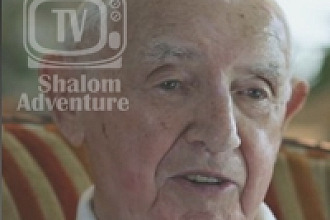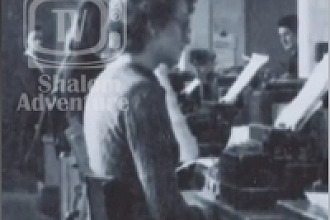On January 27, 2015, the free world celebrated the 70th anniversary of the liberation of the Nazi concentration camp Auschwitz by the Soviet army.
Auschwitz was not only one camp but a large complex called "Auschwitz-Birkenau" camp, according to the Holocaust Encyclopedia. The Auschwitz concentration camp complex was the largest of its kind established by the Nazi regime. It included three main camps, all of which deployed incarcerated prisoners at forced labor. One of them also functioned for an extended period as a killing center.
Trains arrived at Auschwitz-Birkenau frequently with transports of Jews from virtually every country in Europe occupied by or allied to Germany. These transports arrived from 1942 to the end of the summer of 1944.
The breakdown of deportations from individual countries, given in approximate figures, is: Hungary: 426,000; Poland: 300,000; France: 69,000; Netherlands: 60,000; Greece: 55,000; Bohemia and Moravia: 46,000; Slovakia: 27,000; Belgium: 25,000; Yugoslavia: 10,000; Italy: 7,500; Norway: 690; other: 34,000.
In total, approximately 1.1 million Jews were deported to Auschwitz, among them at least 960,000 Jews were killed in Auschwitz. Other victims included approximately 74,000 Poles, 21,000 Roma (Gypsies), and 15,000 Soviet prisoners of war, and 10,000–15,000 members of other nationalities (Soviet civilians, Czechs, Yugoslavs, French, Germans, and Austrians).
It is important for us to remember these people who were victims of Anti-Semitism in Christian countries during the 20th century.

